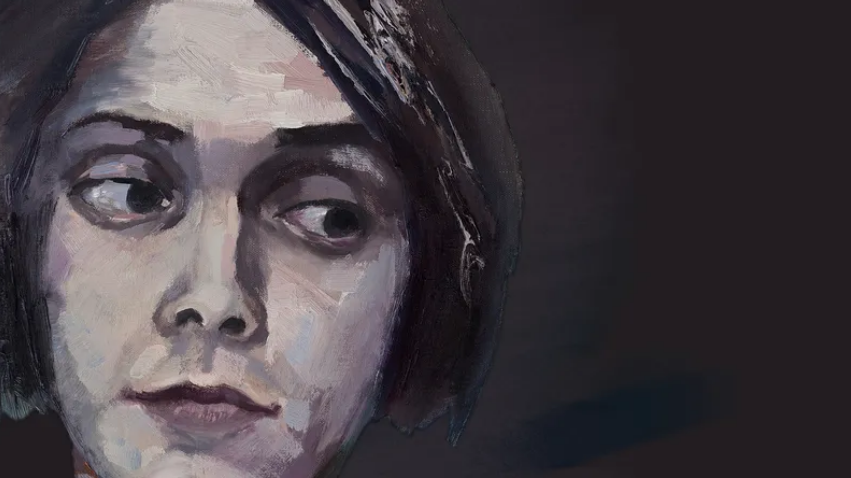Students are more traumatized than I imagined
Come September, most teachers and students will be back in person. For many of them, it will be their first time in a classroom since March 2020. I, for one, spent 15 months teaching in socks from a corner of my living room. It was a really long time trapped in a virtual square and communicating via emoji, instead of a tap on a shoulder, a fist bump, or a smile from across the room. Longing for those classroom interactions, I signed up to teach at Summer Rising, New York City’s summer school program that was open this year to all K-12 students.
It was my first time teaching summer school since becoming a mother 18 years ago. Day 1, I had jitters like I hadn’t experienced since my first few years in the classroom. The 16 students before me — all but four of whom had been home since the start of the pandemic — seemed withdrawn, rigid, and as if they’d forgotten how to interact with their peers. Go play! I encouraged the 10- and 11-year-olds during recess. Talk! Have fun!
While I was excited to break free from my Zoom square and see my students in a real-life classroom background, I didn’t expect my students to be so confined in person. The feeling of returning to normal I was sure would come rushing back did not materialize. Those first few days were sad, confusing, and unusually exhausting. I spent evenings staring at the TV like a zombie.
The students are more traumatized than I thought. Those were the words that rolled through my mind — not unlike the dice I placed in the children’s hands so they could practice their multiplication facts. To teach them, I needed to admit, I, too, was traumatized. I thought of my body going rigid when ambulance sirens pierced the air, my obsessive tracking of COVID cases and deaths, and my constant anticipation that COVID would soon pounce and peak again.
Beginning the second week of summer school, I forced myself to go on long walks as soon as I got home from teaching. I walked miles with only my thoughts keeping me company. Since the COVID crisis began, I had not given myself the space or grace to process what I had endured over the past year plus — the accumulated worry, rage, and ache of the pandemic month. These walks were how I began to process it all.
I wanted to create that space and grace for my students, too.
“How do you feel coming back to school after such a long time?” I asked my Summer Rising class.
Silence.
“It feels weird,” Emmett finally said, his hands folded on his lap.
There was more silence until Shawn interjected: “I hated remote school!”
“That’s why I chose hybrid,” Nestor said. He pinched the bridge of his nose, pressing the mask closer to his face.
“I didn’t want to learn at home. I hated it, too.” Sarah whispered.
“Why did you choose remote? Or did your parents make you?” Nestor asked, twisting in his chair to face Sarah.
Sarah replied that she had stayed home because she was scared to catch COVID.
“Yeah, it was really bad in the beginning,” Pedro said. “But now there is the vaccine. My parents got it. It’s getting better.”
“It was scary. My parents had the news on all day long,” Emma said, noting that COVID was all anyone talked about until George Floyd was murdered, and her family protested for Black lives.
Talk turned to the Delta variant and how it’s spreading among unvaccinated people.
“I can’t wait for the shot for kids our age to come out,” Laurie said.
For several mornings, all we did was talk about the pandemic, which soon led to discussions about Black Lives Matter, anti-Asian racism, climate change, and Israel and Palestine. Like a lasso, these conversations pulled us close.
Summer Rising wrapped up last week. By the end of the session, I noticed my students playing and chatting more — prompted and unprompted. But there was no doubt of COVID’s impact on them. The jumping at loud noises. The anxiety around eating because it meant removing their masks. The non-stop hand-sanitizing. The far-off stares of children who are lost in thought. I will take into the fall what I learned this summer; I am determined to give my students the space to feel their wide range of emotions.
I still go on my long walks along Shore Road alongside the Belt Parkway. It’s on these walks, listening as the water ebbs and flows, that I continue to process what we’ve lived through and what we’re living through. My students and my own children remind me to look ahead, too. They inspire me to rise.
This article was originally posted on Students are more traumatized than I imagined


